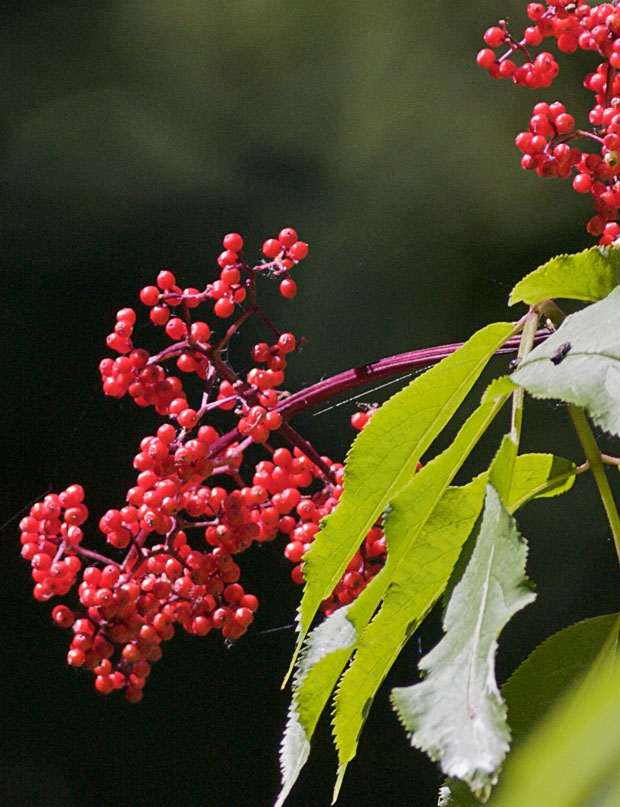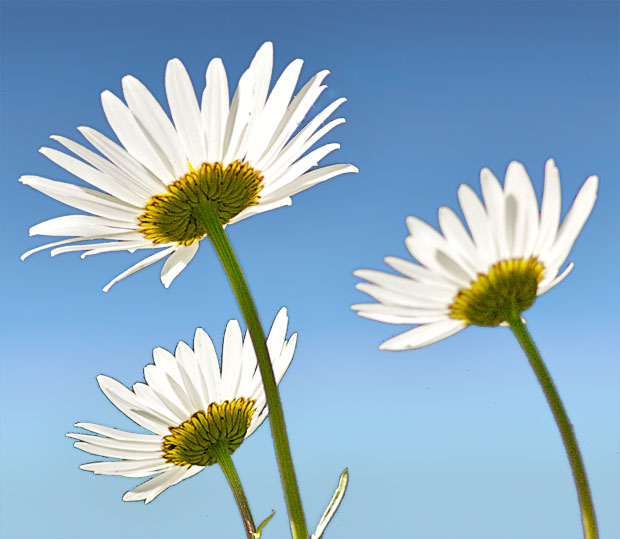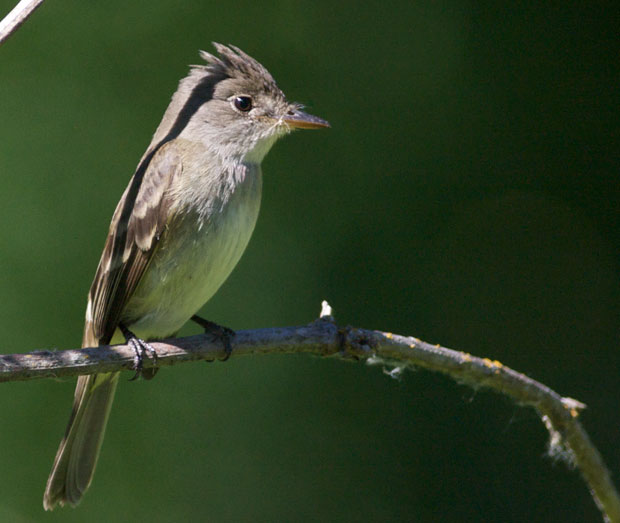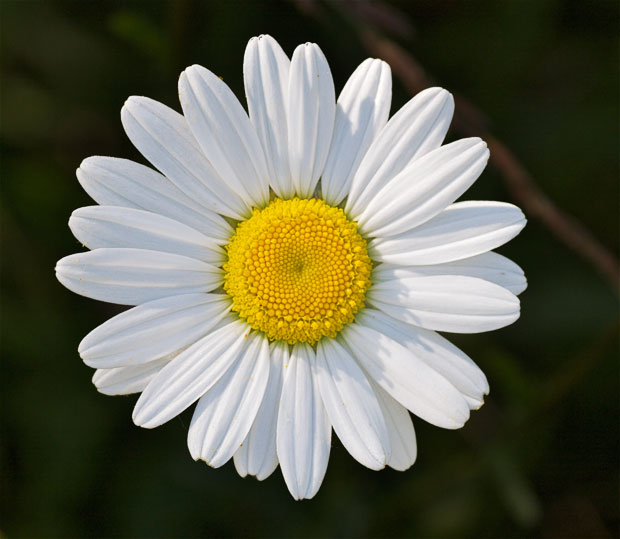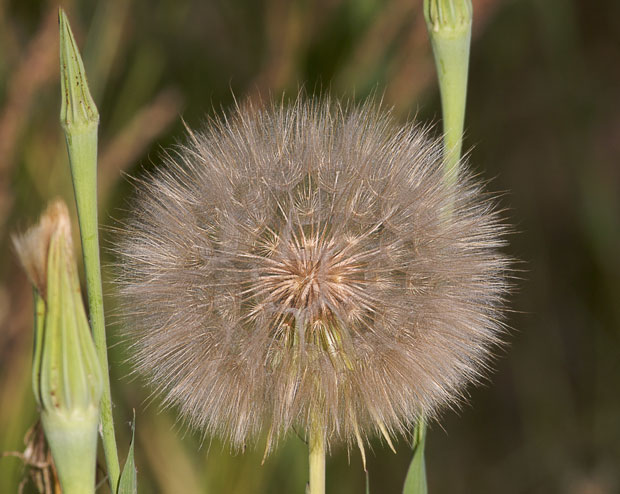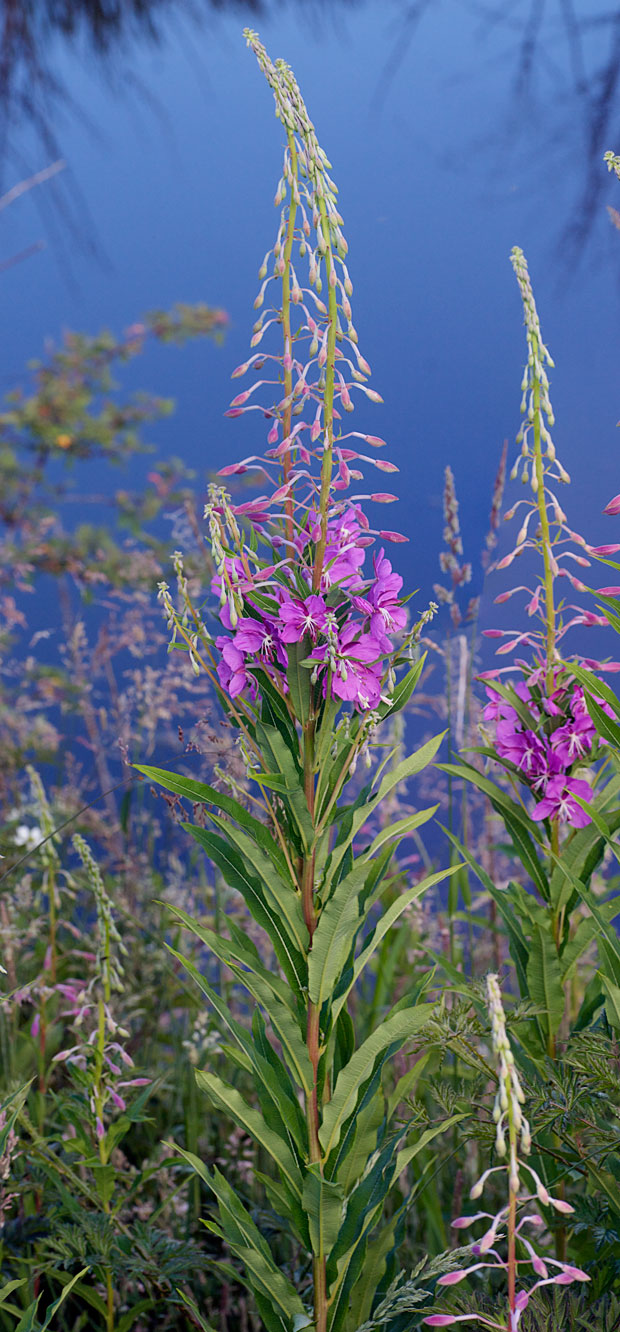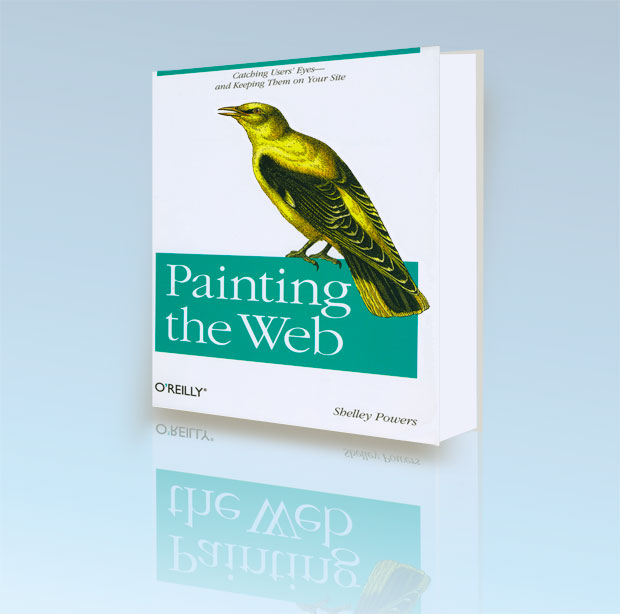
Last year when Shelley Powers asked for volunteers to help edit her new book, Painting the Web, I naively volunteered, with the caveat that I certainly wouldn’t be helpful on the technical end, which I was pretty sure she knew already since she’s assisted me in installing my web site until recently. Shelley accepted my offer, suggesting that I would give her a good idea of who to promote the book to. The book appeared a little while ago, but I just received my copy.
I had no problem following the early chapters in the book, chapters where Shelley introduces graphics, provides background on various types of imagery, and covers various photo editors and photo utilities, including some very powerful shareware programs. Anyone who doesn’t already own Photoshop should find this chapter valuable. Considering the price of Photoshop, I’ve started suggesting cheaper alternative to most people who ask me what I recommend unless I think they absolutely need it. Considering how much time I’ve spent learning how to use Photoshop, though, it’s unlikely I’ll ever switch to another editor, no matter how good they might be.
Chapter 4 shows various ways photos can be displayed online. It was this chapter which gave me the inspiration, and confidence, to finally gather various photos I’ve used on this site and group them into Galleries. Of course, I’ve been somewhat remiss in failing to follow through and add more galleries, but I still have plans to expand the galleries in the future, hopefully to include all the special places I visit regularly, like Nisqually Wildlife Refuge and Theler Wetlands. The best thing about Gallery is that it allows me to use existing photos already onsite, and thus uses very little extra space. Of course, Shelley explores several different tools to display your photos, not just Gallery.
Overall, I think the first 250 pages of the book are accessible to anyone interested in adding web graphics to their site, which is not to say that you won’t be introduced to tools that you are probably totally unaware of right now. In fact, Shelley’s inclusion of web sites to explore further is one of the strengths of the book.
With the introduction of Scalable Vector Graphics (SVG) in chapter 7, though, Shelley launched into an area I doubt I’ll ever venture into, though it provides insight into a new technology that may become more and more important in web development as more browsers begin to support it. For now, I’m satisfied converting vector art in Photoshop to jpegs or pngs.
Luckily, the next two chapters on “CSS Uber Zone” and “Design for the Non-Designer” are less esoteric and provide lots of hints for non-technical folks like me. The chapter that I found the most intriguing, though, is Chapter 10, “Dynamic Web Page Graphics.” In fact, I really wanted to apply the ideas I found there into my site before I wrote this review. If I were satisfied to blindly insert Shelley’s code into my WordPress Template I think I could actually pull off the two things I’m most interested in, substituting a thumbnail for the large pictures I currently use, allowing the reader to select the picture if they want to see a larger version, and using an “accordion” element to show only one story at a time, thus making the page faster to load. Of course, then I would want to apply the “accordion” element to the sidebar so that much less scrolling would be required. Unfortunately, I really don’t like to blindly apply code like that so I’ve set out trying to learn enough Javascript that I can understand the changes that I would be applying. And I’m learning that it’s taking longer to learn Javascript than I thought it would, and it may take awhile longer if the sun holds out here.
I’ll have to admit that the last 150 pages of this 638 page book are considerably over my head. Although I was intrigued by Chapter 14’s discussion of Google maps and could see them being an interesting addition to my description of hikes, most of the rest are just too far over my head to interest me. ImageMagick seems like a powerful tool, but it requires more programming than I’m going to tackle in this lifetime, though these chapters might be the most interesting to those who actually write code for the web.
If I didn’t enjoy the challenge of learning new things, I would never have stayed with blogging nearly as long as I have. It was quite a challenge following along as Shelley wrote this book, but it was an enjoyable experience and one that inspired me to try to learn some new things so that In a Dark Time can continue to evolve in new ways, hopefully providing a better experience those of you who happen to stop by here. I suspect I’m not the only one who would enjoy reading it.
(And, yes, the photo of the book was inspired by a simple technique Shelley explains.)
Like this:
Like Loading...


